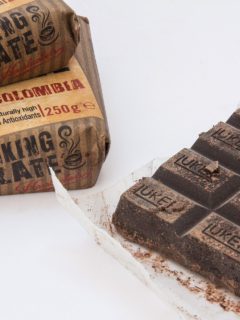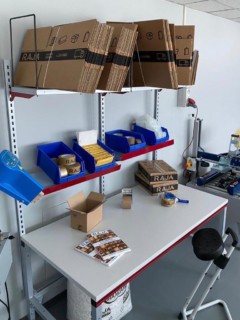To understand how important the topic of cold logisticsor cold chain, one only has to cast one’s mind back to a short time ago when, at the height of the pandemic, one of the most relevant problems for safeguarding public healthwas the transport of vaccines. In fact, one of the earliest versions of the drug needed to remain at very low temperatures, until administration, in order not to perish, and had to reach all parts of the world.
At that juncture, the fundamental role of the cold chain became clear to everyone, even the uninitiated.
In reality, the logistics of refrigerated fresh food is crucial every day, not only in extreme cases such as a global pandemic. Every day, in fact, perishable foodstuffs or, more generally, perishable goods, products that are essential for life and health, are transported.
Every day, for example, pharmacies and supermarkets receive food and medicines that cannot be transported normally, but must instead remain at a controlled temperature so as not to deteriorate.
What are perishable goods?
Perishable goods, which must be transported according to the logic of the cold chain, include
- already frozen foodstuffs: they must be transported at a temperature of -18° or less with a maximum of 3° upward fluctuation;
- non-frozen food products: transport temperature varies depending on the type of food and treatment (refrigeration or freezing);
- pharmaceutical products.
Cold chain: logistical stages
Refrigerated logistics covers the entire cold chain, or supply chain of perishable goods, from production to the final point of sale. Throughout the process, constant control of temperature and environmental conditions must be maintained. Here are the most important steps in cold logistics:
Storage of perishable goods
For perishable products, every step is delicate, including storage. This type of goods must be stored and stored in warehouses with the appropriate characteristics.
It is essential that warehouses, such as food warehouses, are designed and equipped appropriately: they must have adequate refrigeration systems, freezing and temperature control; an efficient logistical organisation to minimise the time products remain in the storage area; machinery (forklifts, pallet trucks, automatic handling systems) capable of working at low temperatures.
Temperature-controlled transport
Besides storage, the other key element that makes the cold chain efficient is the temperature control during transportfrom departure to arrival.
A standard for perishable goods transport is the ATP (Accord Transport Perissable), an international regulation that regulates the transport conditions for refrigerated vans used to transport perishable foodstuffs, to be transported therefore at a controlled temperature.
This regulation contains fundamental references for managing the cold chain:
- which foods are considered perishable and at what temperature they must be transported
- vehicles to be used
- rules for isothermal and refrigerated equipment
How to ship perishable foodstuffs
The shipment of perishable foodstuffs must follow guidelines to keep the temperature of the environment in which the goods are located. The packaging also plays a key role in this process.packaging.
Polystyrene, insulating coatings, gels, cooling elements such as dry ice or cooling packs… there are special packages that allow a constant temperature to be maintained during transport. Raja offers food packaging specific and environmentally friendly. Packaging is also important because it protects the goods from possible fluctuations in temperaturealso from possible shocks and falls that can damage the contents of packages.
Correctly labelling packages of perishable goods is essential in shipping. The labels must be clear and visibleindicate the perishable nature of the contents and instructions to the courier on necessary storage temperatures.
Choosing a reliable courier is crucial to ensure the integrity of the food during shipment. I couriers specialising in the transport of perishable goods have specific knowledge and expertise in handling these sensitive products. They must be able to constantly monitor the temperature of the vehicles, use insulating packaging and implement emergency procedures in case of deviations from the ideal temperature.
In addition to perishable foodstuffs, there are packaged food products that do not necessarily require the cold chain and can be transported via normal logistics channels. However, it is still important to ensure that even these products are stored properly, with appropriate packaging, within food warehouses, avoiding exposure to high temperatures or unfavourable environmental conditions that could compromise their quality.















